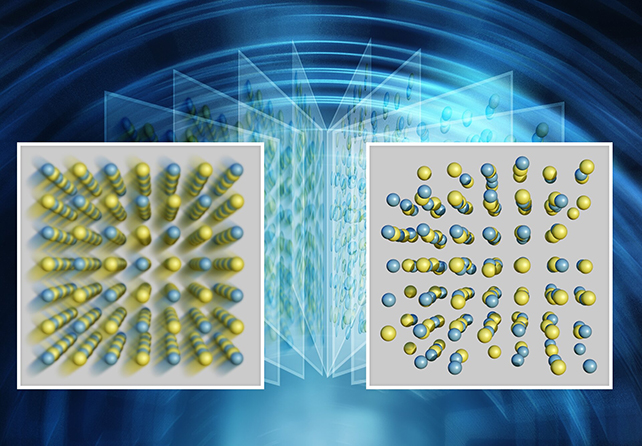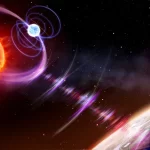To take a picture, the best digital cameras on the market open their shutter for around around one four-thousandths of a second.
To snapshot atomic activity, you’d need a shutter that clicks a lot faster.
With that in mind, scientists unveiled in 2023 a way of achieving a shutter speed that’s a mere trillionth of a second, or 250 million times faster than those digital cameras. That makes it capable of capturing something very important in materials science: dynamic disorder.
Simply put, it’s when clusters of atoms move and dance around in a material
in specific ways over a certain period – triggered by a vibration or a temperature change, for example. It’s not a phenomenon that we fully understand yet, but it’s crucial to the properties and reactions of materials.
The super-speedy shutter speed system gives us much more insight into what’s happening with dynamic disorder. The researchers refer to their invention as variable shutter atomic pair distribution function, or vsPDF for short.
“It’s only with this new vsPDF tool that we can really see this side of materials,” said materials scientist Simon Billinge from Columbia University in New York.
“With this technique, we’ll be able to watch a material and see which atoms are in the dance and which are sitting it out.”
A faster shutter speed captures a more precise snapshot of time, which is helpful for quickly moving objects like rapidly jittering atoms. Use a low shutter speed in a photo of a sports game, for instance, and you’ll end up with blurred players in the frame.
To achieve its astonishingly quick snap, vsPDF uses neutrons to measure the position of atoms, rather than conventional photography techniques. The way that neutrons hit and pass through a material can be tracked to measure the surrounding atoms, with changes in energy levels the equivalent of shutter speed adjustments.










